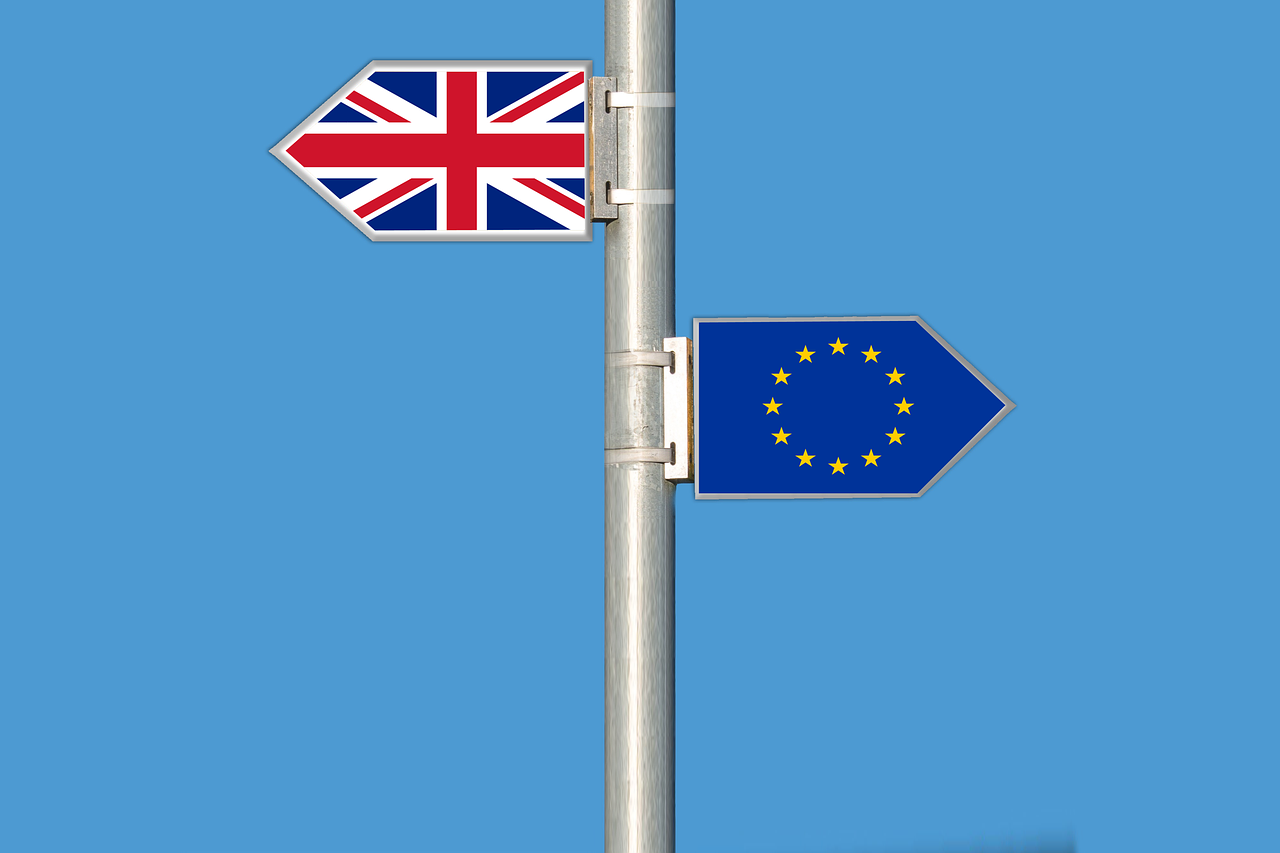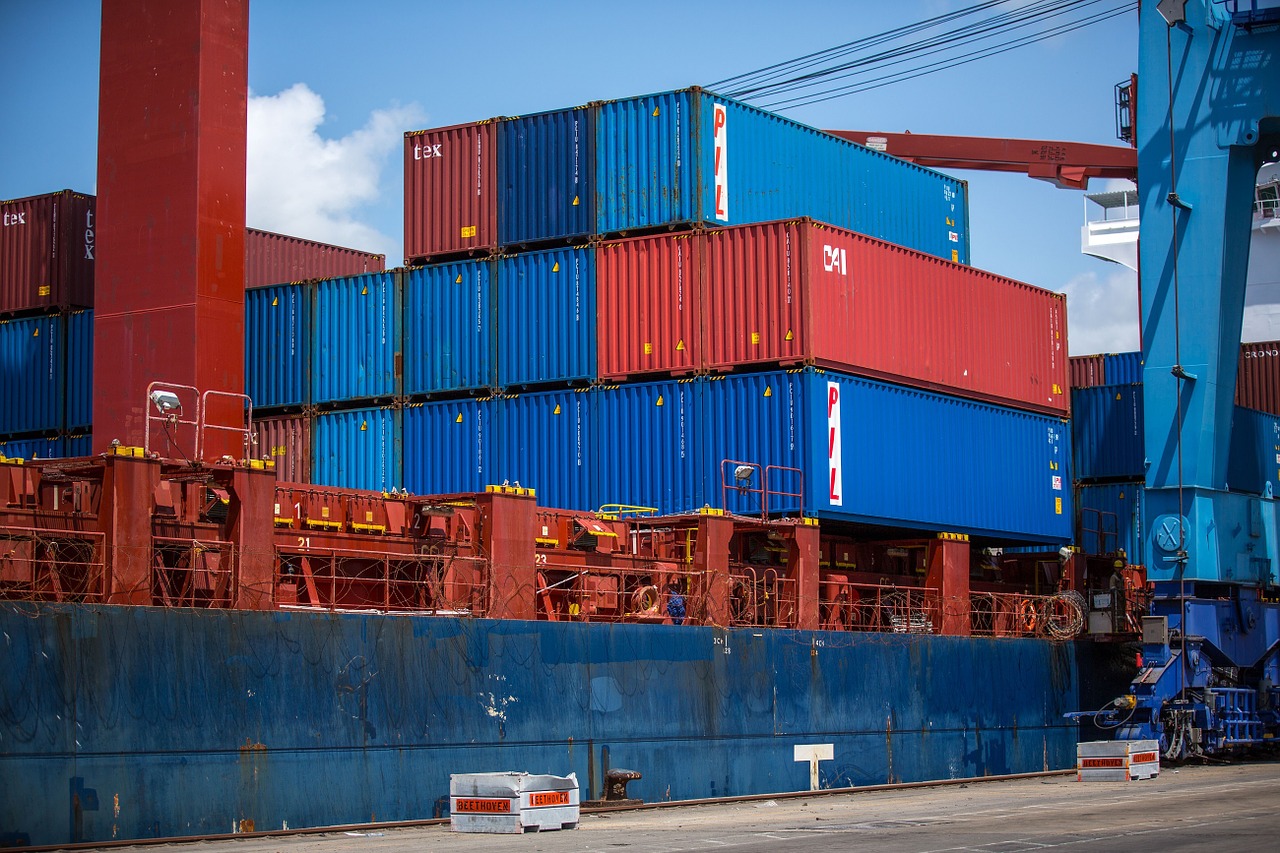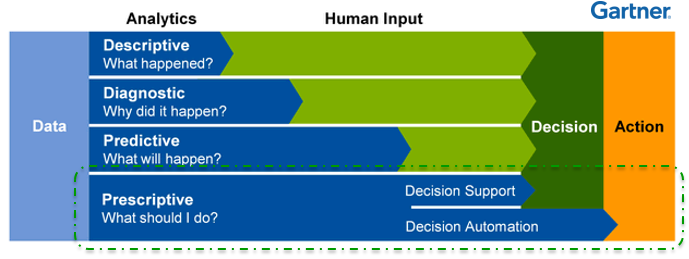Brexit: 5 Things Supply Chain Leaders Should Consider to Prepare for its Impact
 Brexit is a reality and with it, companies in Europe are facing even more uncertainty than before. There is serious concern that the UK’s decision to leave the EU will bring further destabilization and economic risks. How will it impact your supply chain and your bottom line? This article discusses 5 key things supply chain leaders should consider post-Brexit. It also explains how analytics can help you determine the best way forward. Specifically, I will explore how Prescriptive Analytics can help you improve decision-making and make data actionable in an increasingly volatile economic landscape, instead of only providing insight into your data’s behavior.
Brexit is a reality and with it, companies in Europe are facing even more uncertainty than before. There is serious concern that the UK’s decision to leave the EU will bring further destabilization and economic risks. How will it impact your supply chain and your bottom line? This article discusses 5 key things supply chain leaders should consider post-Brexit. It also explains how analytics can help you determine the best way forward. Specifically, I will explore how Prescriptive Analytics can help you improve decision-making and make data actionable in an increasingly volatile economic landscape, instead of only providing insight into your data’s behavior.
As Laurence Goasduff writes in a recent post, the Brexit is definitely causing supply chain disruption. Transport companies are already reporting higher costs and manufacturers will undoubtedly be affected as well. A conservative estimate of costs posits that a permanent return to border controls could cut €470 billion of gross domestic product growth from the European economy during the next 10 years. In view of this, as a supply chain leader you need to consider:
How will Brexit impact your current Supply Chain Network structure?
Following the Brexit, you should be re-evaluating your end-to-end supply chain. This means you need to ask questions like:
- Do you need to change your supplier portfolio?
- Do you need to change where you produce?
- How will it impact your route to consumer? Which path will enable you to deliver products to end customers most effectively?
- Do you need to set up new inventory locations? Perhaps it makes sense to build up additional inventory in the UK or on the continent.
- Do you need to increase your shipment size and reduce the frequency of shipments? Or perhaps spread your transport costs over a larger group of products?
How will taxes impact your supply chain structure?
In the future, you will probably need to declare goods separately when they enter the UK while today you do that once for the entirety of the EU. How will you manage exports? Will you route them from a continental warehouse? Where should your logistics center be located? Does it make sense to keep your HQ in the EU or the UK? You’ll need to re-assess your whole value chain from a taxation perspective.
What types of risks will you face?
New sources of risk post-Brexit include tighter customs and administrative control processes, cost increases, and border crossings that are more prone to error. There is a bigger risk that your products will be stopped or significantly delayed. This will result in more insecurity when it comes to inbound deliveries for production or outbound deliveries to customers, affecting your production times and customer service.

4. How will it impact talent and hiring decisions
Your employees might also be impacted by changing regulations. They might feel uncertain about their jobs. Understanding the impact of the Brexit is crucial to communicate with them. You might also need to review your hiring practices. Does it make sense to import labor into the UK or should you hire locally? Should most of your staff operate within the EU?
5. How it will affect product pricing and product portfolio decisions
Your product pricing might also be affected by the Brexit. Should your prices increase or decrease? How will this impact demand? Which products should you deliver to/from the UK? It’s essential to understand how greater risks and different regulations will impact your cost-to-serve and therefore your product pricing and portfolio decisions.
Implementing an Analytics Strategy to Rise up to New Challenges
So far, we have outlined some of the most important things supply chain leaders need to consider to prepare for disruptions following the Brexit. But outlining these things is not enough. As Gartner explains, companies should also invest in analytics to ensure an appropriate response. Having an analytical perspective on the Brexit can help you identify areas where you can free up resources and implement changes in a more agile way, involving the right people.
Prescriptive Analytics can be incredibly valuable for supply chain leaders that want to understand and respond to the Brexit impact. This type of Advanced Analytics determines ways in which business processes should evolve or be modified.
Let’s look at an example. Suppose you’re a manufacturing company and you’re using the AIMMS Prescriptive Analytics platform. You have existing models for your company in AIMMS. By changing your input parameters, for instance lead times which change from 1 to 3 days, you can quickly evaluate the Brexit impact on your inventory levels or client deliveries. You can determine whether you can meet urgent, next-day deliveries or if you need to set up a new warehouse in the UK. You can assess the type of people you need to recruit, what the associated costs are and whether you can still run a profitable business or if you need to raise your prices for certain products or across your entire portfolio.
These insights are incredibly valuable to find the best scenario in such an uncertain environment. Click here to read more about Prescriptive Analytics or find out how you can build a prototype application quickly by joining a POC workshop.






